Anastasios Vasilainas, Managing Director of WandS (Greece)
For more than 15 years, Mr. Vasilainas, a wood engineer, has been leading the forefront of sustainable building development – his moto is simple, he’s a firm believer in sustainable development through the application of social responsibility. Key takeaways:
- Practice and invest in what you preach.
- ‘Social Consumerism’ is growing in popularity… a huge market largely untapped.
- Follow your vision, especially during the tough times!
You can find out more about WandS by visiting them online at WandS.gr.
Did you always want to be a wood engineer or did this passion for buildings develop over time from another field of expertise?
Wood engineering was a passion from a very early age. My dream was to build a skyscraper made entirely out of wood.

Where did the vision for WandS come from? Was it difficult to find clients at first as generally, renewable and sustainable buildings cost a lot more to build and design for than traditional buildings.
The WandS vision is one of Sustainable development through the use of eco-friendly resources. Bioclimatic buildings at first hand may seem a little bit more expensive but at the end of the day the investor is rewarded through high returns on investment on many scales.
These buildings are energy saving, eco-friendly, provide sufficiency, anti-seismic, durable through time and above all they provides healthy living conditions.
Clients have not been flocking to our doors but on the other hand we have never been out of business. It takes a specific intellect to make the choice of bioclimatic design. It is not as widespread in Greece as it is in many other countries.
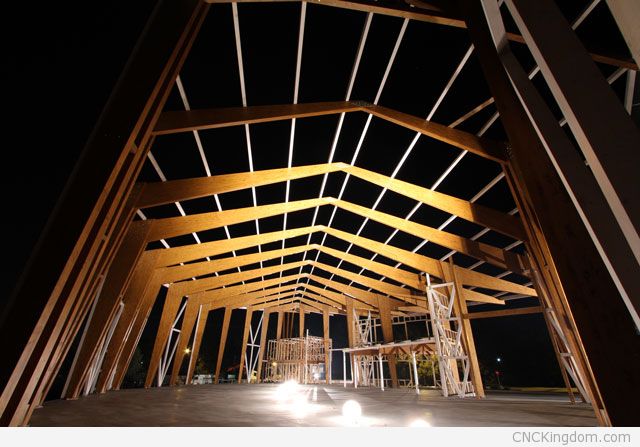
I’ve designed over 250 CNC projects across router, laser, 3d printers for my site CNCKing.com and am anxious to get into plasma and lathe. Which machines do you enjoy designing for the most and why? Do you have some in-house manufacturing and production facilities?
We design in house and outsource our CNC. We have our own manufacturing production facilities where the whole projects come to life. Our production facility was one of our major investments in the middle of the crisis. It was a strategic decision to prepare ourselves for the future since the world trend is moving toward eco-friendly, 0%CO2 emissions and passive houses.
We are constantly in a state of evolvement and growth. We keep a close eye on tending technology to invest in.

You have awesome pictures of your warehouse and bioclimatic office/showroom, can you describe some of the special features they have that make it a sustainable and renewable buildings?
We have to practice what we preach. It is one thing speaking to clients over the phone and a whole different thing having them visit our facilities. Seeing is believing.
We have a geothermic system installed; energy efficient fireplaces which provide hot water and a warm comfortable environment without waiting energy.
Our fireplace burns eco-bricks, which is a biomass eco- byproduct that we came up with while recycling our production residue.
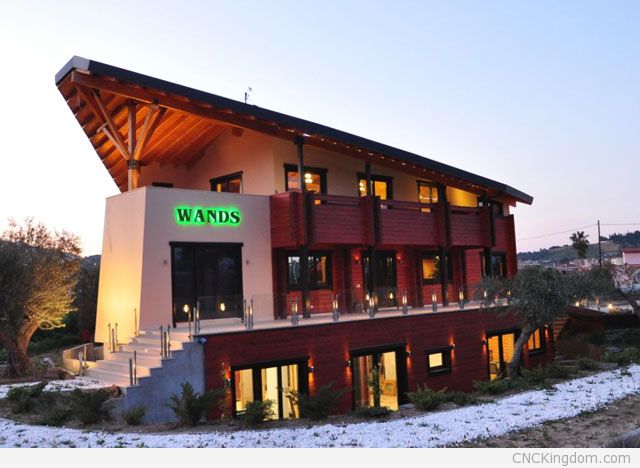
It has been no secret that the economy in Greece has hit a few bumps along the road, how has this affected your business in general? Do most of your projects occur within your country or do you do extensive design and consulting with customers around the world as well?
‘Hit a few bumps’ is putting it mildly. The Construction Sector in Greece the last five years has come to a complete and utter halt. While our company has a decrease of sales only 50%, even in trying times, opportunity arises through big changes and a shift in mentality.
Greece was traditionally a country that constructed with brick and cement.
The European Commission is highly promoting and the industry if shifting toward development with sustainable materials that will not harm the environment and not contribute to further climate changes. Whether a business is to survive is whether this business is conforming to world changes and trends.
Consumers are getting more demanding on environmental issues, ‘social consumerism’ is booming all over the world.
WandS has survived due to its eco-friendly construction. It is not something the company grew into, but what it represented from the very beginning of its inception.
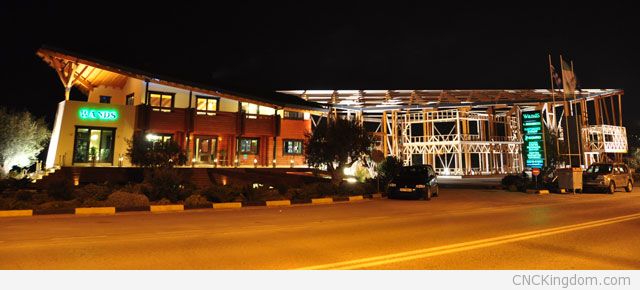
WandS also has a “side business” selling engineered timber products. What are some general characteristics that wood must have to be used optimally in a renewable building? I’m guessing you can’t use just any kind of wood for structures of the size and scope you use them for. What types of wood are the best for which applications?
We construct from villas, chalets, hotels, bungalows and even undertake smaller projects like roofing, decking and building cladding. The most important aspects of our timber is that is it PEFC Certified, which is a certification scheme for Sustainable forests and Forest Management.
Timber has the lowest embodied CO2 of any commercially available building material.
It has fantastic thermal performance and its high airtightness levels allow you to confidently meet energy rating targets and achieve performances required by standards such as the Passive House. The use of timber can also reduce the need to introduce expensive renewable energy additions to your project.
The use of timber as the main building material directly helps achieve improved scoring or levels in building standards and codes. It is also a quicker way to build, producing less onsite waste and gives clients a quicker return on investment.
Using structural timber is a huge motivation in achieving higher performance assessment ratings and demonstrates a high commitment to environmental best practice and industry approval.
Certified timber enables architects to meet stringent public and private procurement policies worldwide so major contractors can deliver exacting architectural concepts.
The whole point of renewable materials is to be able to reuse them after 150 years for example. You can deconstruct and reuse these materials, which is an awesome idea. The size and scope really doesn’t matter.
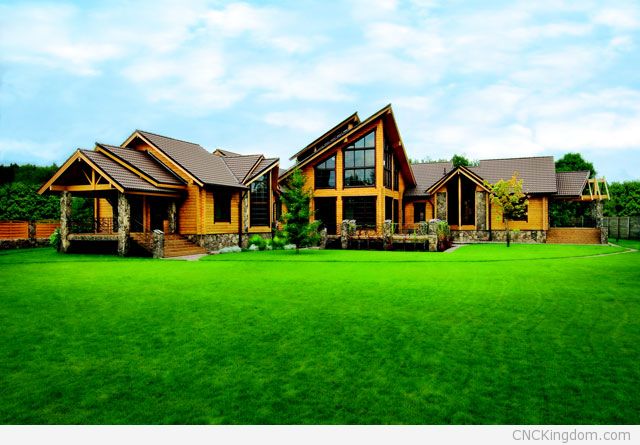
WandS has some very beautiful model homes, can you give me an idea of the pricing structure that goes behind them if say, I wanted a basic Kontio Carlina structure built and shipped to me in Australia? How do you deal with different building codes with international shipping? How long would it take to build this design once all the pieces were delivered?
There are two types of wall structures. The first is with massif logs, that give you a traditional feel and look, widely used for chalets and villas. The second type of wall structure is Timber Frame, which is preferred in Greece for inner city construction.
Log homes will cost between €1000- €1300/per m2 and the Timber Frame version will cost between €750- €950/per m2. Please keep in mind that these prices are turnkey, which means they include everything except electric devices and furniture.
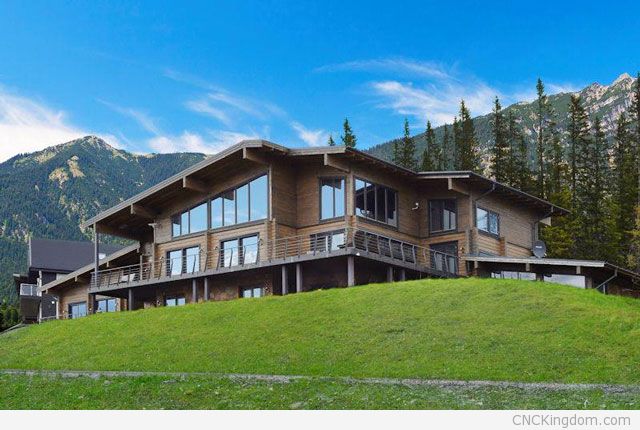
Anything else you’d like to add?
I believe your questions have helped me cover the subject holistically. Congratulations on your blog. It is very informative.
